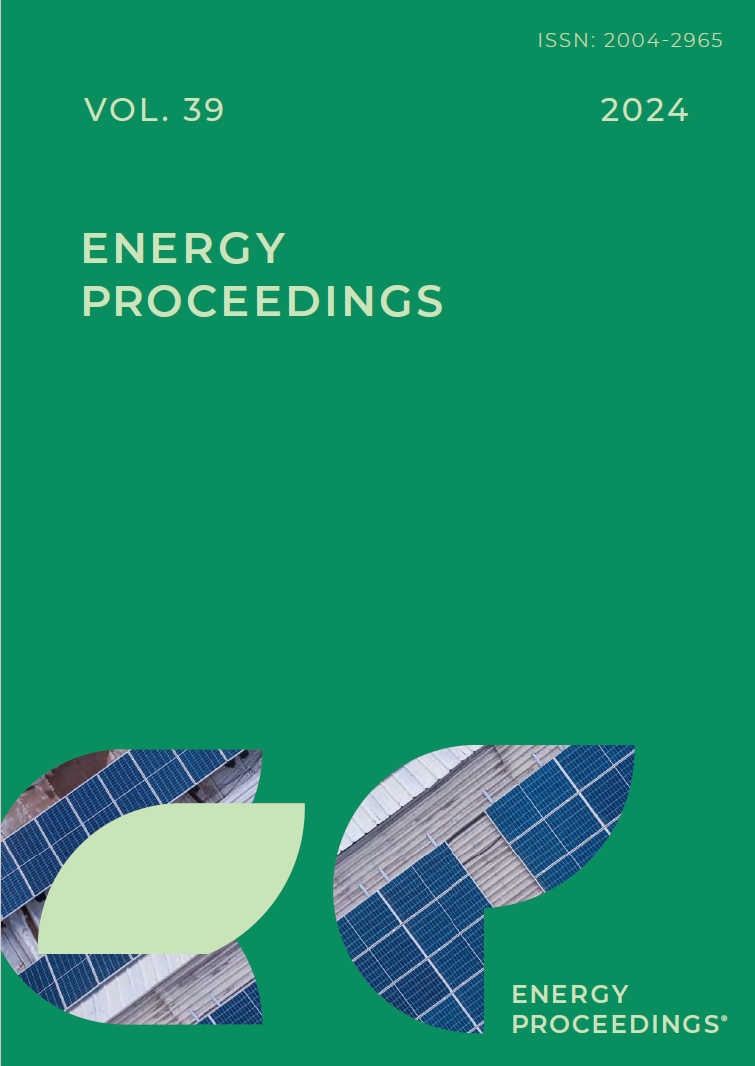
Volume 39: Energy Transitions toward Carbon Neutrality: Part II
ISSN 2004-2965
Chemical Looping Steam Methane Reforming Process Using NiFe2O4 as Oxygen Carrier for Hydrogen Production
Zhongrui Gai, Yang Li, Qiong Rao, Yuanhui Shen, Yunlian Liu, Ying Pan
Download PDF
Article Preview
Does Peak Load Occur at the Same Time as High Electricity Prices? A Case Study of Sports Facilities
Mohammed Guezgouz, Fredrik Wallin, Meysam Majidi Nezhad
Download PDF
Article Preview
Transient Behaviour of Pump as Turbine Coupled to Self-Excited Induction Generator Under Variable Load Conditions
Emanuel J Nyirenda, Joseph H Kihedu, Cuthbert Z Kimambo
Download PDF
Article Preview
Predictive Scheduling of Parallel Pump Systems Based on Airport Gate Assignment
Peng Liu, Jing Gong, Bohui Shi, Shangfei Song
Download PDF
Article Preview
The Influence of Data Distribution Diversity on Prediction Model for SOC of Lithium-ion Battery
Lin He, Bin Liu, Jiangyan Liu, Kuining Li
Download PDF
Article Preview
CO2 Heat Pump for Simultaneous Cooling and Heating: Enhancing Efficiency through Model Predictive Control and Neural Network Identification
Jintao He, Yu Yao, Meiyan Zhang, Yonghao Zhang, Bowen Lu, Lingfeng Shi, Gequn Shu
Download PDF
Article Preview
Experimental Study on Synergistic Enhancement of Thermophysical Properties of Ternary Carbonates by Multidimensional Nanoparticles
Meiyang Xu, Gaosheng Wei, Chao Huang, Liu Cui, Xiaoze Du
Download PDF
Article Preview
Public Sector Sustainable Energy Scheduler – A Blockchain and IoT Integrated System
Renan Lima Baima, Iván Abellán Álvarez, Ivan Pavić, Emanuela Podda
Download PDF
Article Preview
Liquid synthetic fuels design guided by chemical structure: A machine learning perspective
Rodolfo S. M. Freitas, Cheng Chen, Xi Jiang
Download PDF
Article Preview
An Electric Vehicle Flexibility Characterization Method Based on The Behavior Data of Users
Xiaohong Dong, Yanqi Ren, Xiaodan Yu, Xing Dong, Mingshen Wang
Download PDF
Article Preview

Copyright ©
Energy Proceedings

